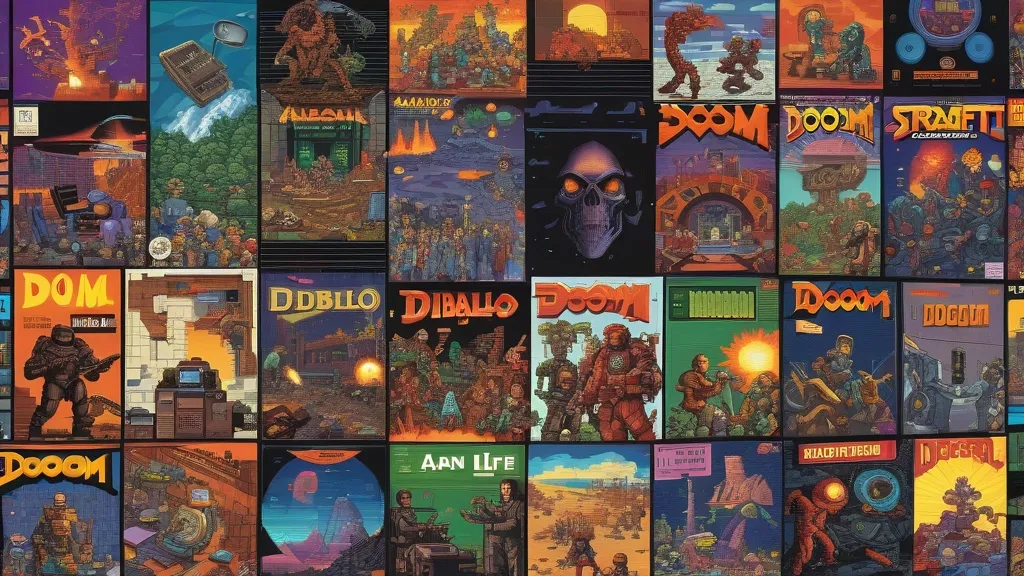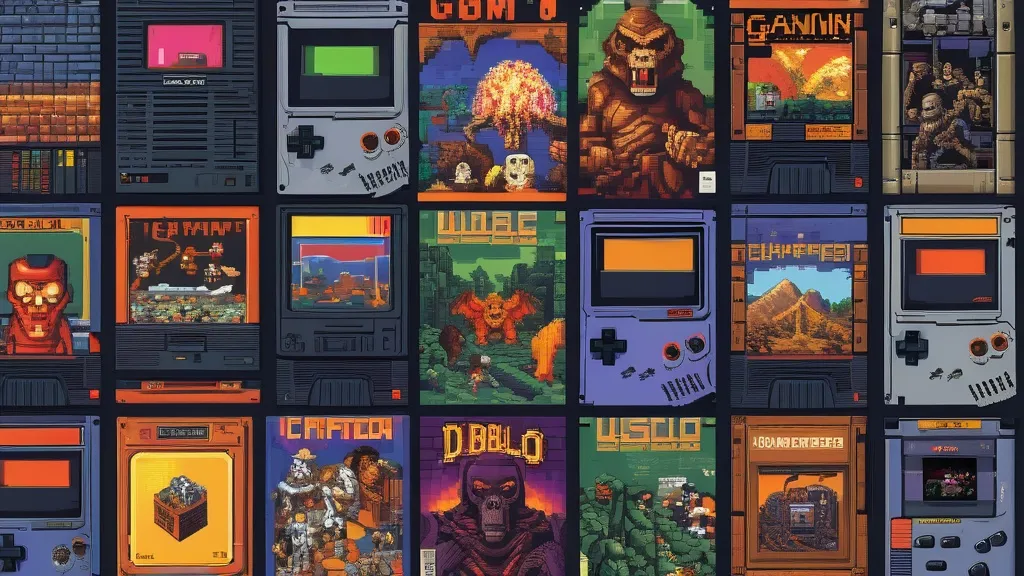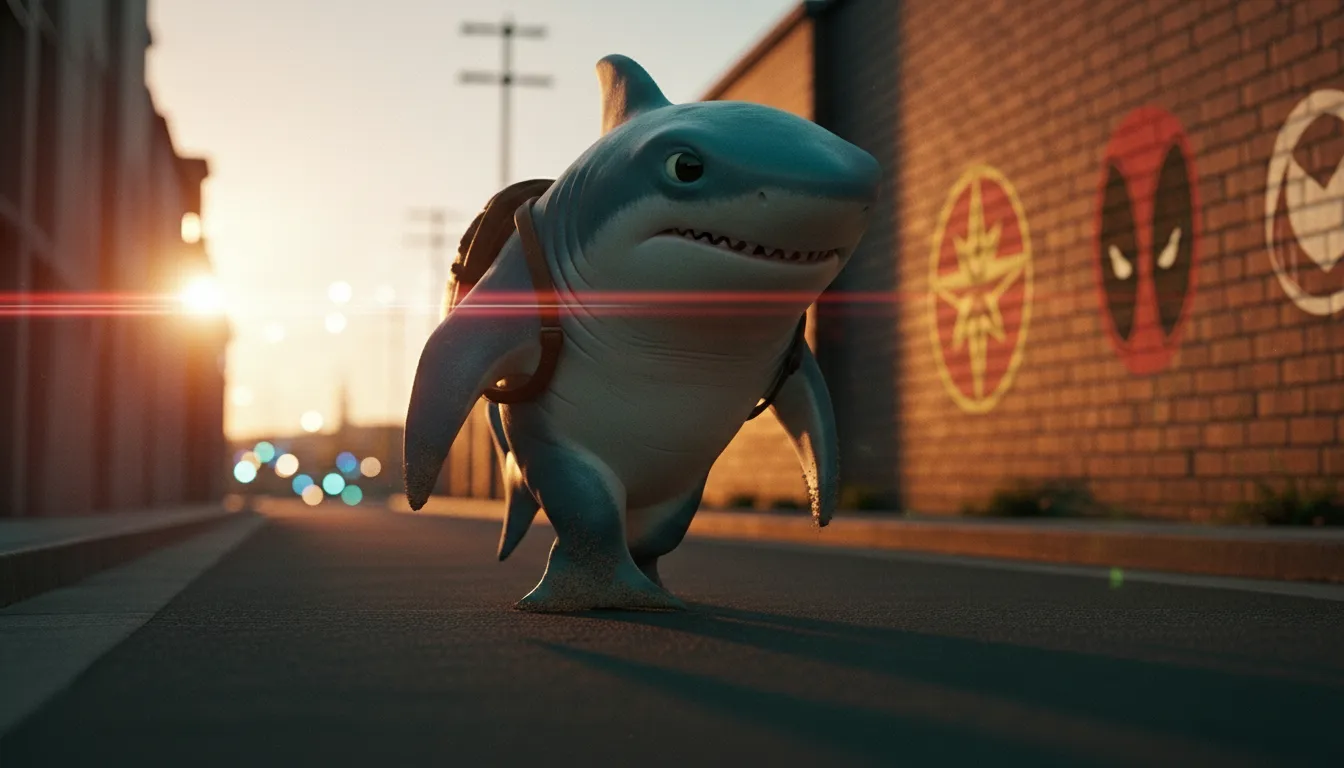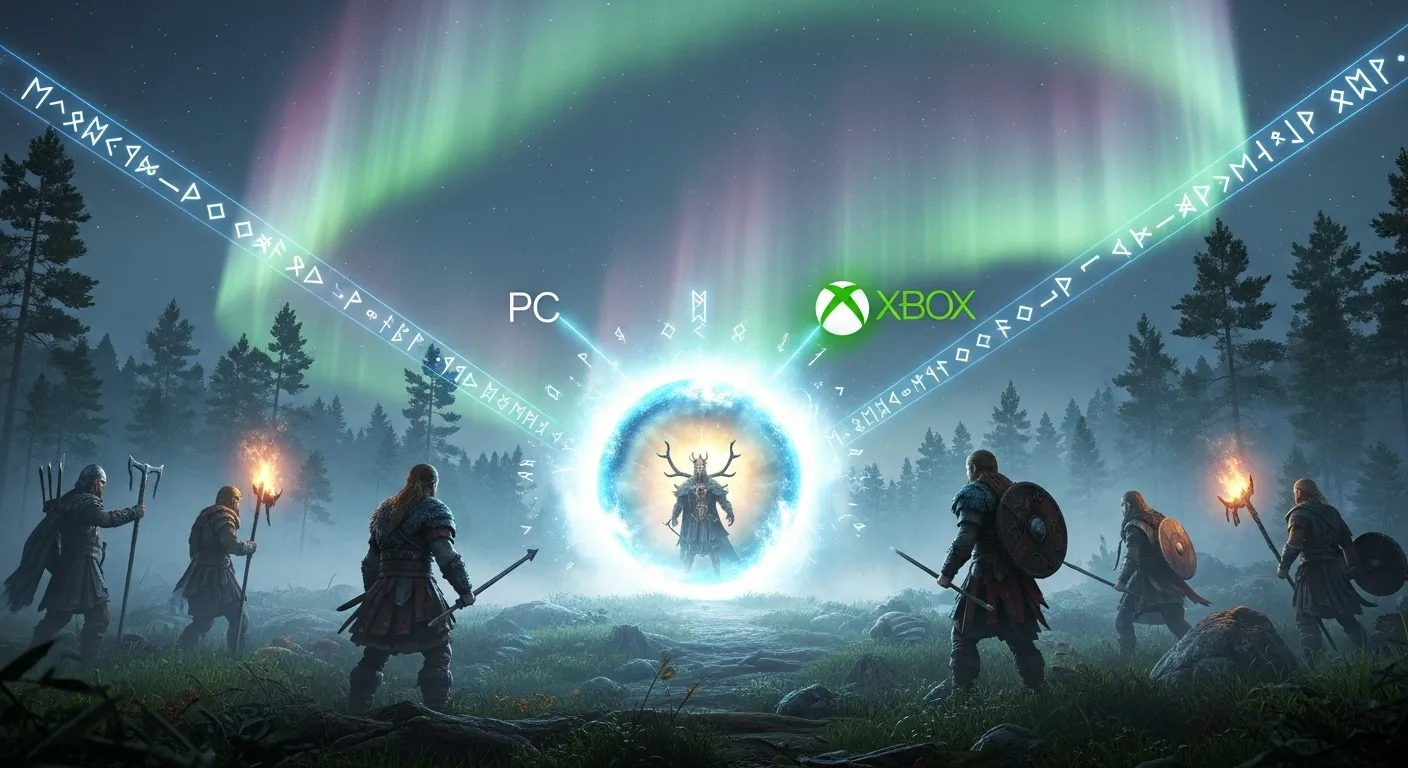As someone who has reviewed, modded, and taught kids how to set up LAN parties for over a decade, here’s the straight shot: 90s computer games shaped how we play today. I cut my teeth on DOS games, point-and-click adventures, id Software shooters, and RTS classics. You know—pixel art, shareware floppies, demo discs from magazines. It was messy and magical.
My quick take (so you get value fast)

- If you only try five classics: Doom, StarCraft, Half-Life, Monkey Island 2, Diablo.
- The 90s gave us WASD + mouse aim, mod scenes, LAN parties, and the rise of CD-ROM story games.
- Want to replay this stuff? Use DOSBox, source ports (like for Doom), and buy on GOG/Steam for less pain.
- Genres that defined the era: FPS, RTS, adventure games, sims, and action RPGs.
- Expect clunky UIs, weird save systems, and sudden boss fights that hate you. It’s part of the charm.
Where the 90s fit in gaming history
In my experience, the decade was a pivot from hobby to mainstream. Hardware jumped fast. Sound cards mattered. 3D acceleration landed. If you want the tidy timeline with consoles, PC, and handhelds in one clean sweep, peek at this overview of the 1990s in video games. It’ll make my rambling feel very organized.
The FPS boom: how WASD became religion
I learned to strafe before I learned algebra. True story. Doom and Quake taught me mouse look, rocket jumps, and why quicksave should be bound to a big, friendly key.
Doom wasn’t just a game; it was a blueprint for the modern scene—mods, WADs, speedruns, and “my PC can do 35 FPS if I sacrifice the family printer.” If you want a short, readable slice of history, this bit on Doom hits the core without drowning you in jargon.
RTS: chess with lasers (and way too many zerglings)
I’ve always found that real-time strategy pulls the best kind of panic out of people. StarCraft, Warcraft II, and Command & Conquer taught me build orders, hotkeys, and why “apm” is just “stress, but measured.” If you like retro strategy with bite, I keep pointing folks to these pixel battle games where retro meets strategy. It’s the old feel with modern tweaks.
Adventure games: jokes, puzzles, and the art of not clicking the wrong thing
I grew up on LucasArts humor and Sierra’s “oops, you died” screens. The Curse of Monkey Island still makes me grin, and Grim Fandango’s world-building never left me. If you want a refresher on the big 2D names that shaped taste, this piece on iconic 2D games is a good stroll down memory lane.
Action RPGs and CRPGs: loot good, spreadsheets better
What I think is: Diablo made clicking a lifestyle. Baldur’s Gate made rulesets cool. Fallout proved dark humor and tactical thinking could live together. I still hear the stash chest in my sleep. It’s fine. Totally fine.
Sim and builder games: godhood with zoning laws
SimCity 2000 taught me taxes. RollerCoaster Tycoon taught me that you can make a park that looks pretty and still bankrupt in two summers. The 90s sim scene was cozy, smart, and loaded with stories you told your friends like fish tales.
Arcade energy bleeding into the PC chair
On weekends I’d hit the arcade, then try to recreate that feel on PC. Mortal Kombat ports weren’t perfect, but the style, the sound, the swagger—they stuck. If you’ve ever studied how fighters craft memorable faces and moves, you’ll love this deep dive on fighting game character design. Smart stuff. And yes, hair spikes matter.
Arcades weren’t dead in the 90s, despite what certain “PC master race” cousins said at dinner. They pushed speed and spectacle, and PC borrowed plenty. If you want to surf that whole scene, hop through this curated portal of arcade games. I do it when I should be answering emails.
Art style, pixels, and the pre-HD charm

Here’s the thing: pixel art ages better than early 3D, most of the time. Sprites keep their soul. Early polygons can look like a geometry homework disaster. I’m picky about art direction, and this roundup on pixel art games explains why “simple” isn’t actually simple at all.
Context check: the tech snowball
I watched 2D raster give way to hardware 3D, CD-ROMs bring full voice acting, and engines become portable toolkits. Studios were small but hungry. If you want the wide-angle lens that covers PCs plus everything else, this history primer on the history of video games gives the necessary scaffolding.
Mini-guides inside the guide
Which shooters still hold up today?
- Doom and Quake for pace and moddability.
- Half-Life for story flow and smart scripting.
- System Shock 2 if you like horror plus systems. Bring patience.
Which RTS should you actually play now?
- StarCraft: Brood War for clean balance and iconic matchups.
- Command & Conquer: Red Alert 2 for style and silly charm.
- Age of Empires II if you like history with your hotkeys.
Best point-and-clicks for beginners?
- The Secret of Monkey Island or Day of the Tentacle. Funny. Friendly.
- Full Throttle if you want shorter and punchy.
- Gabriel Knight 2 if you can handle FMV cheese. It’s a vibe.
Simple ways to replay this stuff (without a tech headache)
- Use DOSBox for DOS titles. Most store versions bundle it.
- Grab source ports for classics like Doom or Quake to get better controls.
- Prefer digital stores that package fixes (GOG is great for this).
- For LAN nostalgia, use private servers or VPN tools. Label your cables. Trust me.
The messy, lovable culture around it
Shareware made try-before-you-buy normal. Demo discs from PC mags were like monthly loot boxes, except real and with the smell of ink. LAN parties were social media before social media. Bring snacks, or get booted from the room. That was the rule.
I still think 90s computer games taught me more about problem-solving than school did. Tweaking config.sys for sound drivers? That’s a rite of passage. And yes, I will die on that hill.
Arcade-style reflex meets PC strategy brain
When people ask why that decade still bites hard in 2025, I point to the mix: fast action, smart systems, and characters you remember. For a quick nostalgia jolt that still has teeth, I hand them this roundup of iconic 2D games. Works every time. Even on “I only play shooters” friends.
If I had to compress it into one sentence, I’d say this: the 90s took games from basement tinkering to cultural pillar—and we got good mouse aim and better stories out of it. A fair trade. Also, never trust a mimic chest. That’s timeless advice.
FAQs
-
What’s the easiest way to play old PC games on a new laptop?
Grab modern releases on GOG or Steam when possible. If not, use DOSBox for DOS-era stuff and source ports for famous FPS games. It’s simpler than it sounds.
-
Why do people say 90s games were “harder”?
Less hand-holding, fewer checkpoints, and some delightfully mean puzzle design. Not impossible—just less guided. Map keys help. So do notes.
-
Are the graphics too old to enjoy now?
Depends. Pixel art ages well. Early 3D can look rough, but gameplay carries it. Try five minutes. Your eyes adjust fast.
-
What should I play first if I like stories?
Monkey Island 2 or Grim Fandango for adventure, Half-Life for cinematic pacing, and Planescape: Torment if you want words, ideas, and weird beauty.
-
Were LAN parties really that fun?
Yes. Loud, messy, snack-fueled, and full of trash talk. Also, they taught cable management better than any college class.
Henry Wright: Celebrating the artistry of gaming. I cover Pixel Games, Indie Battles, Arcade Classics, Gaming Culture, and Visual Design. Let’s explore the pixels together!


This article highlights key ideas on sustainable fashion and ethical consumerism, promoting a green lifestyle.